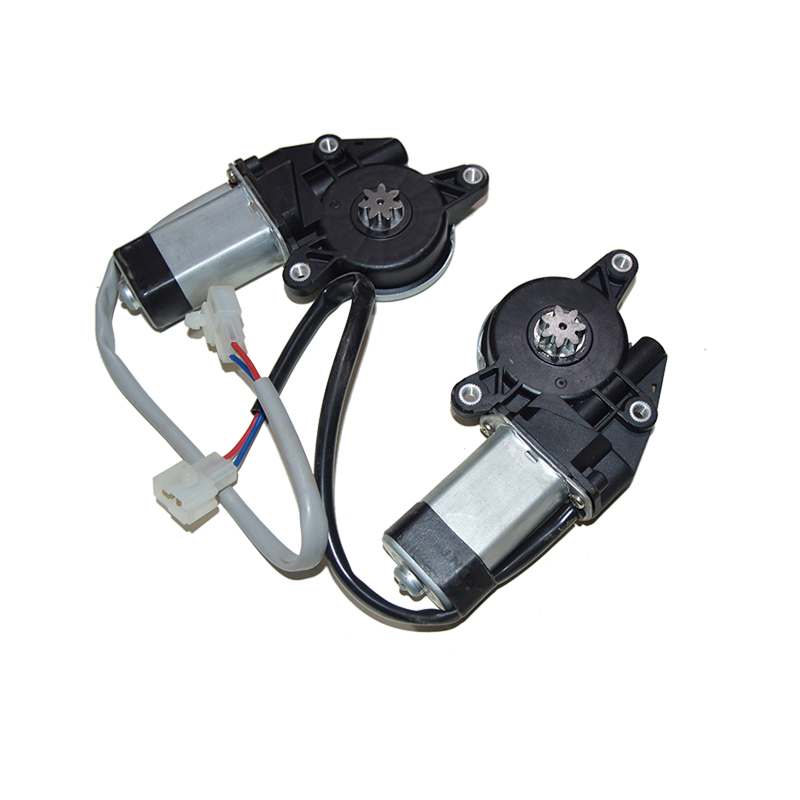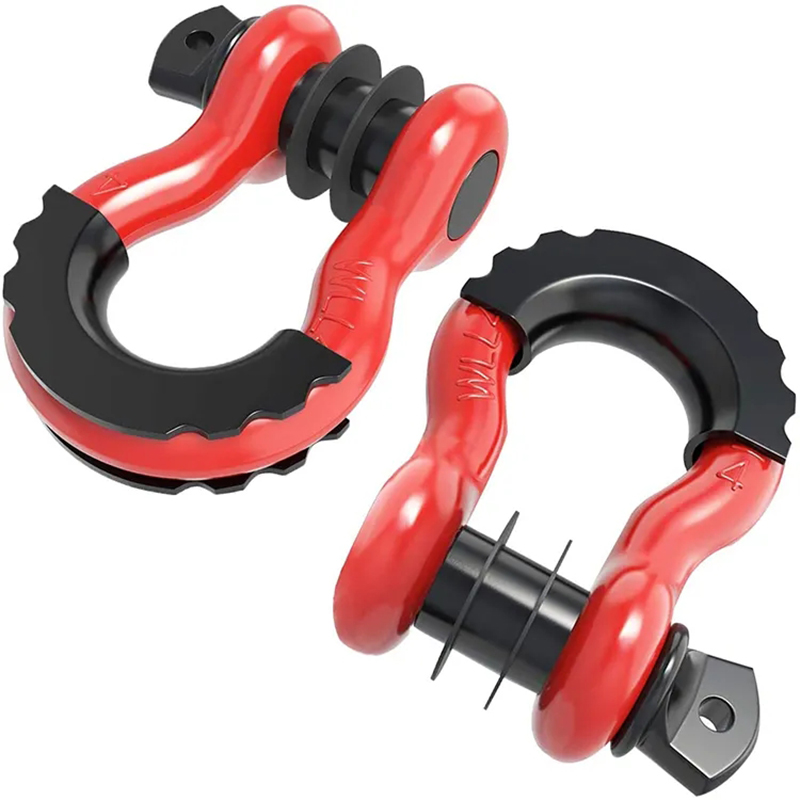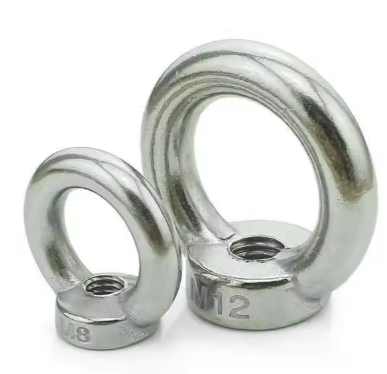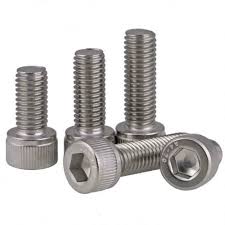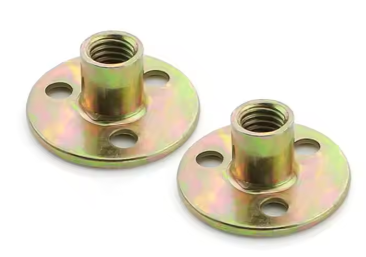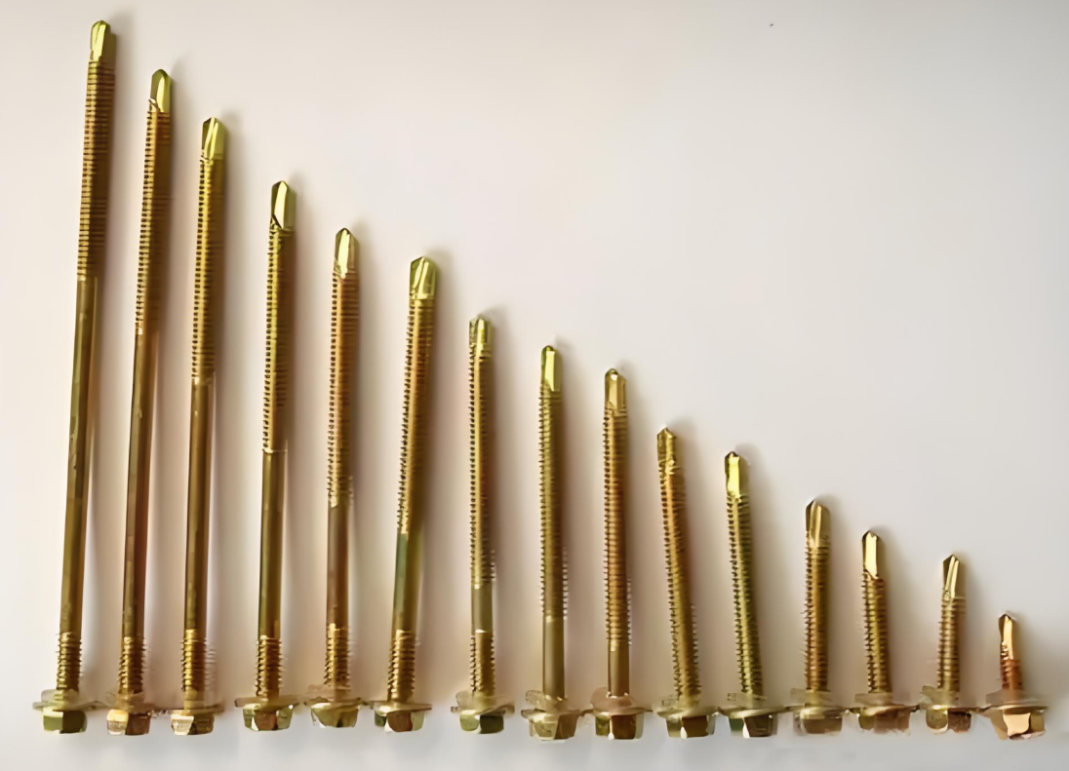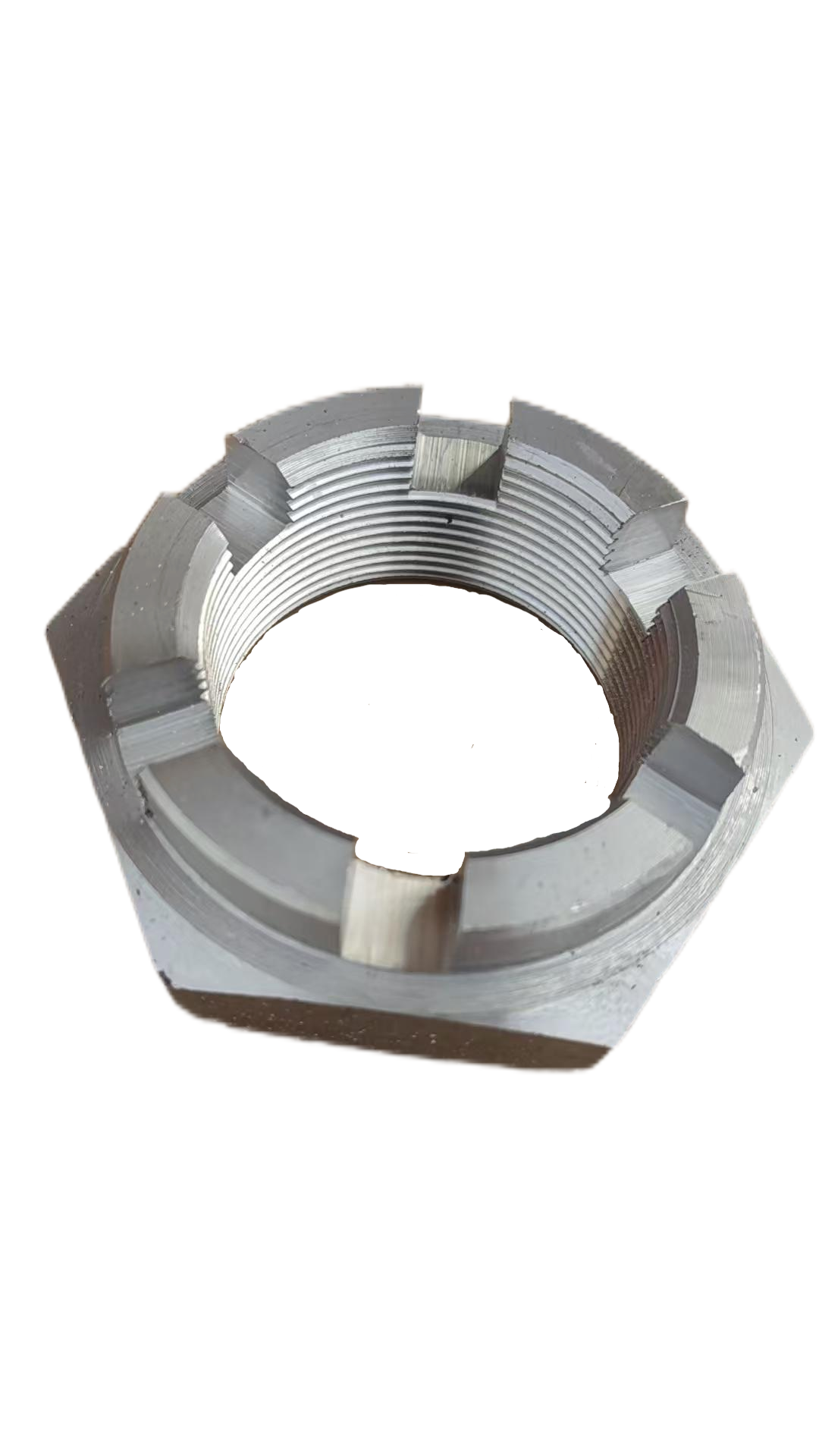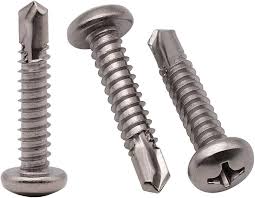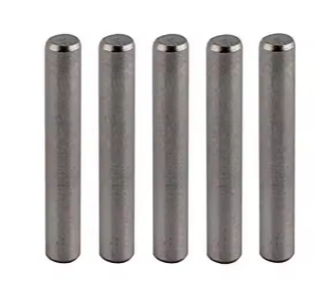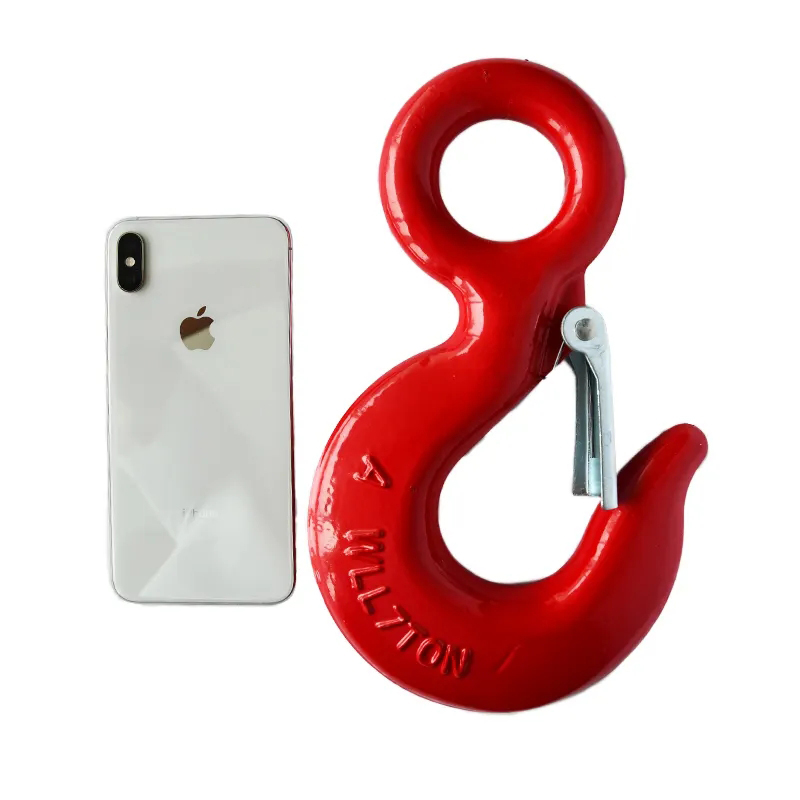

This comprehensive guide explores the world of captive nuts, providing insights into their various types, applications, and selection criteria. We'll delve into the key factors to consider when choosing the perfect captive nut for your specific needs, ensuring a secure and reliable fastening solution. Learn about the advantages and disadvantages of different captive nut designs and materials, and discover how to avoid common pitfalls in their selection and installation.
Weld nuts are permanently attached to a surface via welding. This creates a very strong and reliable connection, making them ideal for applications requiring high vibration resistance. They come in various materials, including steel, stainless steel, and aluminum, and are available in different sizes and thread types. The choice of material depends greatly on the surrounding environment and the required strength. For instance, stainless steel weld nuts are often preferred in corrosive environments.
Clinch nuts are installed using a specialized tool that deforms the nut's body, creating a secure fastening point without welding. This method offers a quicker and often more cost-effective solution compared to welding. Clinch nuts are popular in applications where welding is impractical or undesirable. The clinch process creates a strong mechanical bond, minimizing the risk of loosening. They are frequently used in sheet metal applications.
Insert nuts, also known as captive threaded inserts, are often pressed into pre-drilled holes. These are a versatile option suitable for a range of materials and applications. The pressing action creates a secure fit, preventing rotation and providing a stable surface for screw engagement. The materials and designs can be customized to meet very specific requirements, from high-temperature applications to those requiring high corrosion resistance.
Spring nuts feature a spring-loaded design that automatically adjusts to varying thicknesses of material. This makes them very convenient for applications where the material thickness might fluctuate slightly. The spring mechanism ensures a firm grip, effectively preventing the nut from backing out. They are often preferred where accessibility is limited during installation.
Selecting the appropriate captive nut involves careful consideration of several factors. These include the material of the parent component, the required load-bearing capacity, the operating environment (temperature, humidity, corrosive agents), the desired installation method and overall cost-effectiveness. The thread type and size are also critical factors. Careful consideration of these elements will ensure your chosen captive nut provides both reliable fastening and long-term durability.
The material of the captive nut greatly influences its performance. Common materials include steel (for high strength applications), stainless steel (for corrosion resistance), and aluminum (for lightweight applications). The best choice depends heavily on the specific application and environmental conditions. Choosing the wrong material can lead to premature failure. Consult material specifications and consider factors like tensile strength and yield strength.
Different captive nuts require different installation methods. Weld nuts necessitate welding equipment, while clinch nuts require specialized tools. Insert nuts often require a press or other specialized fitting tools. The correct tools and techniques are crucial to ensure a secure and damage-free installation. Always refer to the manufacturer’s guidelines for specific installation instructions.
For high-quality captive nuts and other fastening solutions, consider Hebei Dewell Metal Products Co., LTD. They offer a wide range of options to meet diverse industrial needs. Their expertise and commitment to quality ensure durable and reliable fastening for your projects.
| Type | Installation | Strength | Corrosion Resistance | Cost |
|---|---|---|---|---|
| Weld Nut | Welding | High | Variable (depending on material) | Moderate |
| Clinch Nut | Clinching | High | Variable (depending on material) | Moderate |
| Insert Nut | Pressing | Moderate to High | Variable (depending on material) | Moderate |
| Spring Nut | Manual | Moderate | Variable (depending on material) | Low |
Disclaimer: This information is for general guidance only. Always consult with a qualified engineer and refer to manufacturer's specifications for specific applications.


